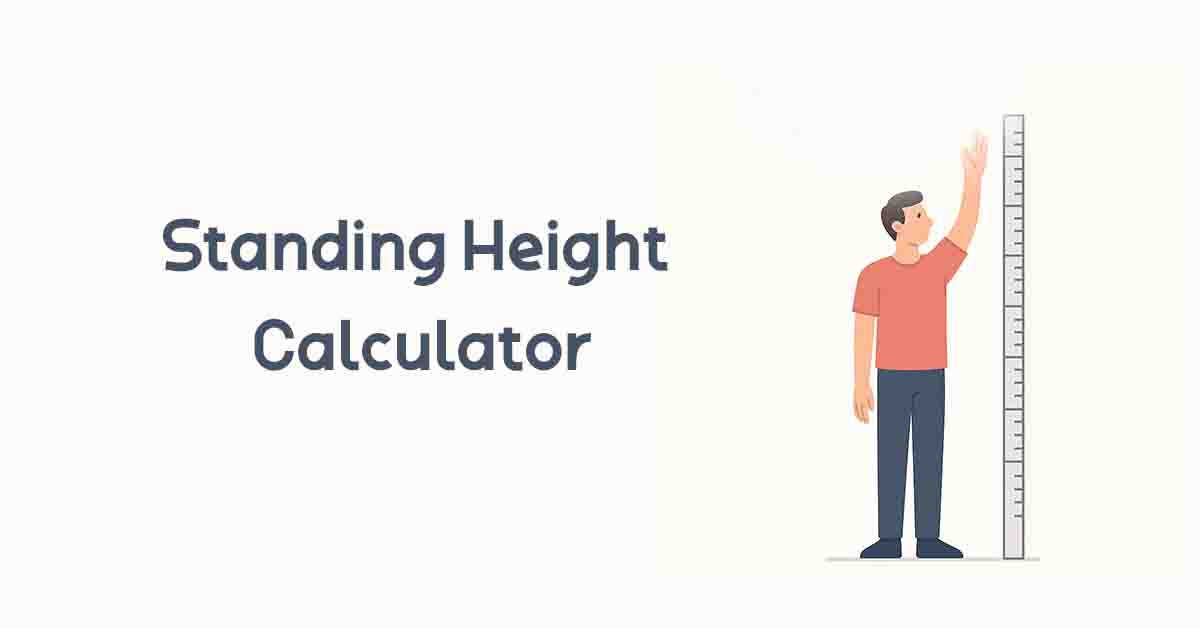Duckworth-Lewis Calculator
Cricket matches are often interrupted by rain, poor light, or other delays and that’s where the Duckworth-Lewis (D/L) method comes in. This method fairly revises the target score for the second team based on overs lost and wickets in hand.
Our free Duckworth-Lewis Calculator helps you estimate the revised target quickly and easily using a simplified D/L approximation. It’s great for casual analysis, fans, school tournaments, and local games
How This Duckworth-Lewis Calculator Works
The full Duckworth-Lewis-Stern (DLS) method used by ICC relies on a complex table of resources, but for most practical cases, this tool provides an accurate approximation using:
- Team 1’s total score and overs faced
- Team 2’s overs remaining
- Team 2’s wickets lost
The formula used in this calculator:
Team 1 Resource % = (Overs Faced ÷ Max Overs) × 100
Team 2 Resource % = (Overs Remaining ÷ Max Overs) × 100 - (Wickets Lost × 5)
Revised Target = (Team 1 Score × Team 2 Resource %) ÷ Team 1 Resource %
Note: This isn’t ICC-certified, but provides a practical estimate for club matches, school games, or training purposes.
When to Use This Calculator
- Rain-delayed cricket matches
- Reduced overs in limited-overs games
- Local leagues and school tournaments
- Cricket coaching and simulations
- Just for fun or fan-based discussions
FAQs
What is the Duckworth-Lewis method?
It’s a statistical formula used in limited-overs cricket to reset the target score for the team batting second when a match is shortened due to rain or other interruptions.
Is this the official DLS method used in international cricket?
No. This is a simplified version designed for educational or casual purposes. The official DLS method used by ICC involves proprietary resource tables and dynamic calculations.
Can I use this calculator for real matches?
Yes, but it’s best for local or non-professional games. For ICC-recognized matches, officials use the full DLS method.
Does it account for remaining wickets?
Yes! The calculator reduces Team 2’s resource percentage based on wickets lost, offering a more realistic target.
What’s the maximum overs it supports?
50 overs. Most standard one-day matches follow this format, but we can expand it to 20-over games if you want.
